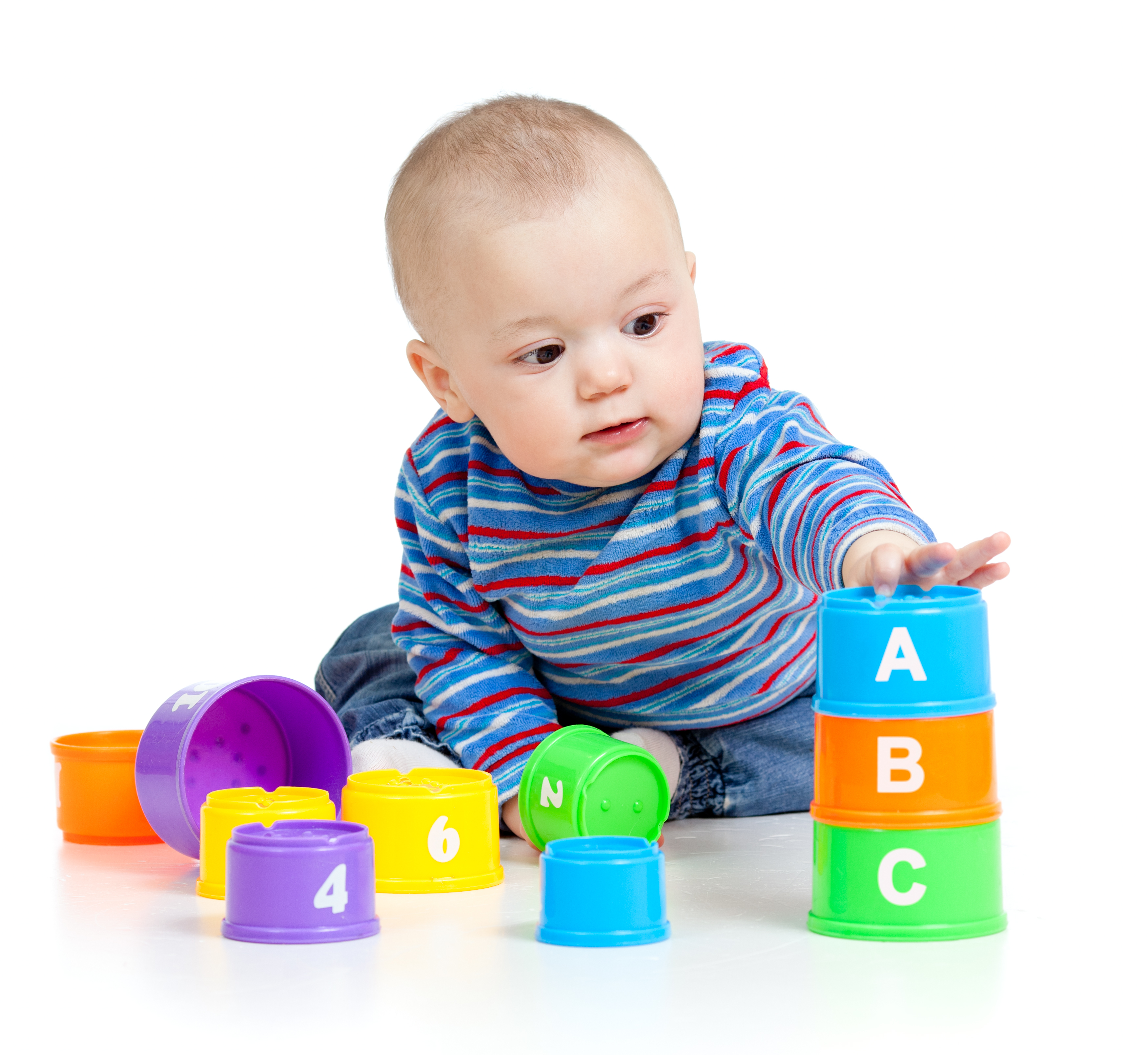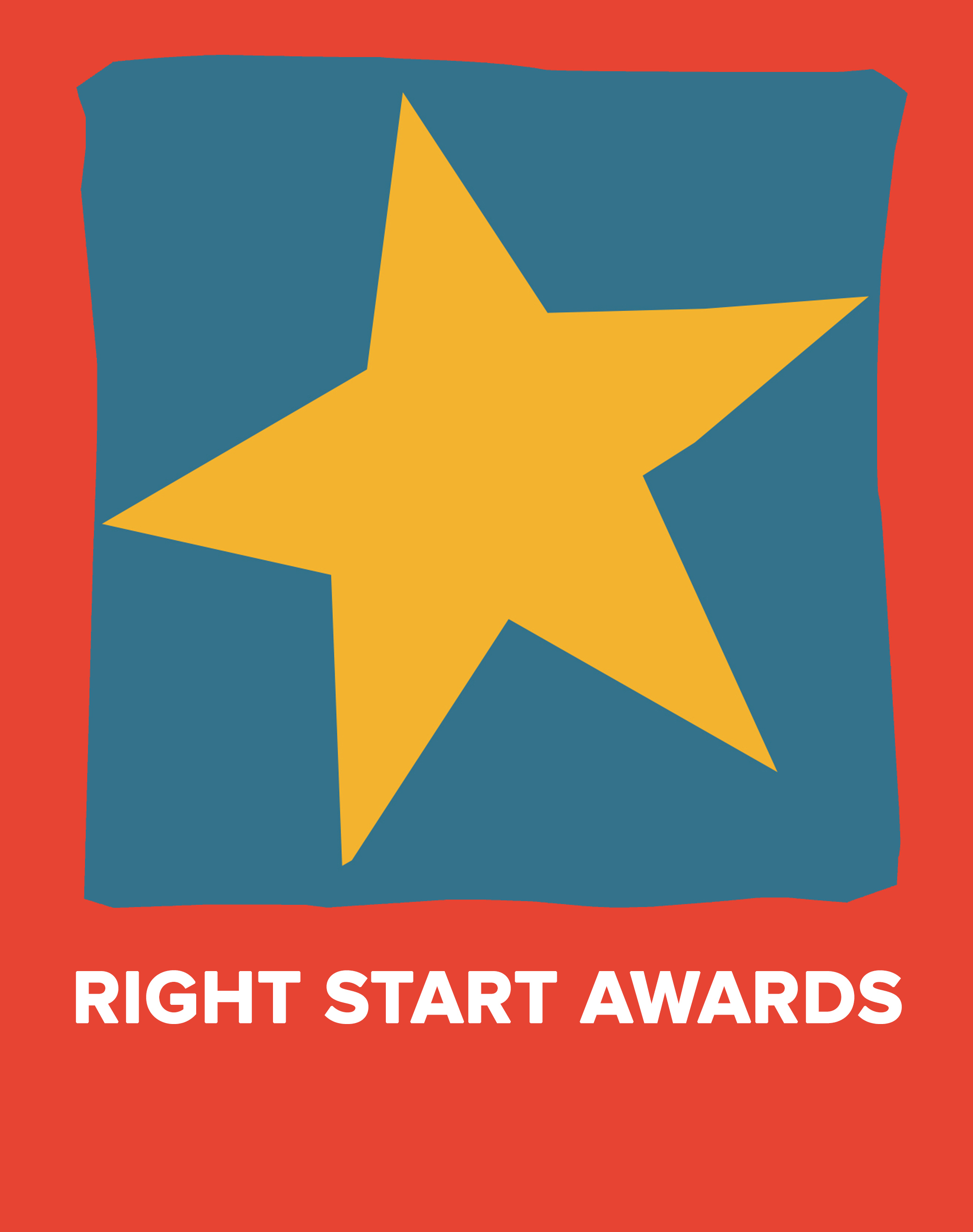Look and learn
Published
New research from University of East Anglia reveals why some children may be slower to learn words than others.

A recent study investigated where toddlers look when they learn new words and found that children with larger vocabularies looked quickly towards objects when learning their name. Children who knew fewer words looked back and forth between objects and took more time.
The research team say that the findings could help identify children with delays in language development at an earlier stage so that they could be given earlier support to build vocabulary before starting school.
Lead researcher Dr Larissa Samuelson, from UEA’s School of Psychology, says: ‘At around two years of age, children start to be quicker to decide what a new word means. We think this is because many of the first words children learn are names for sets of things that are similar in shape – balls are round, cups are cup-shaped.
‘Children learn that if you hear a new word, other objects that are the same shape can also most likely be called by this name. This helps them learn new words quickly because they have an idea what a new word means right away. But there may be differences in the way that children who struggle with language learn new words and understand what new words mean,’ adds Dr Samuelson.
The research team showed toddlers new objects made from clay, plaster, Styrofoam, yarn and plastic mesh. They told the children the names of the new objects and asked them what other things can also be called by that name. Crucially, the team filmed where the children were looking throughout the task. They were then able to watch it back to see where the toddlers were looking before and after they were presented with a new object.
‘We found that children who can say more words quickly looked towards objects that were the same shape as a named object,’ says Dr Samuelson. ‘Children who knew fewer words looked back and forth between the objects and took more time. We hope that our findings could help determine which children are at risk for language delay at an earlier stage so that they can get better support.’
A copy of the paper and a short video showing a child taking part in the research can be downloaded here.
Visit www.uea.ac.uk







